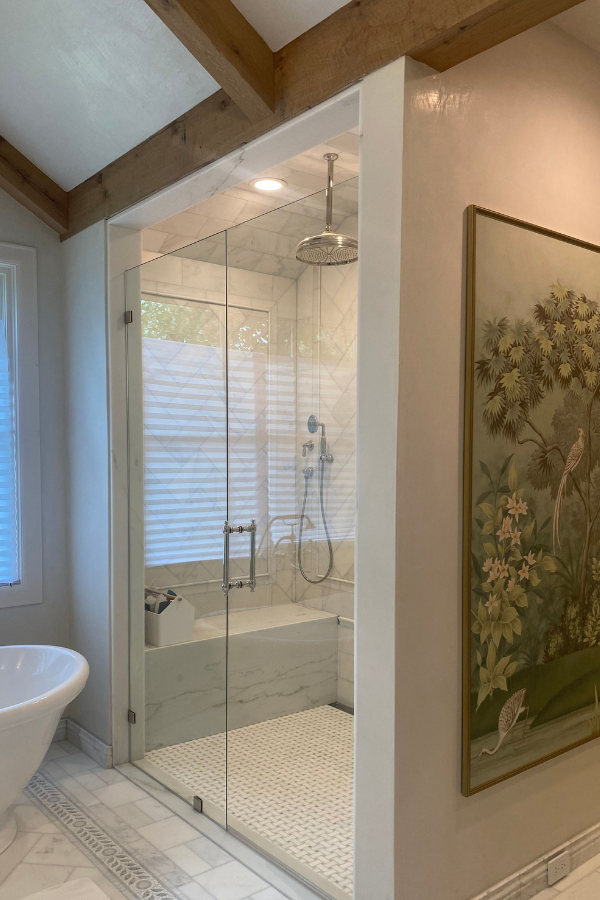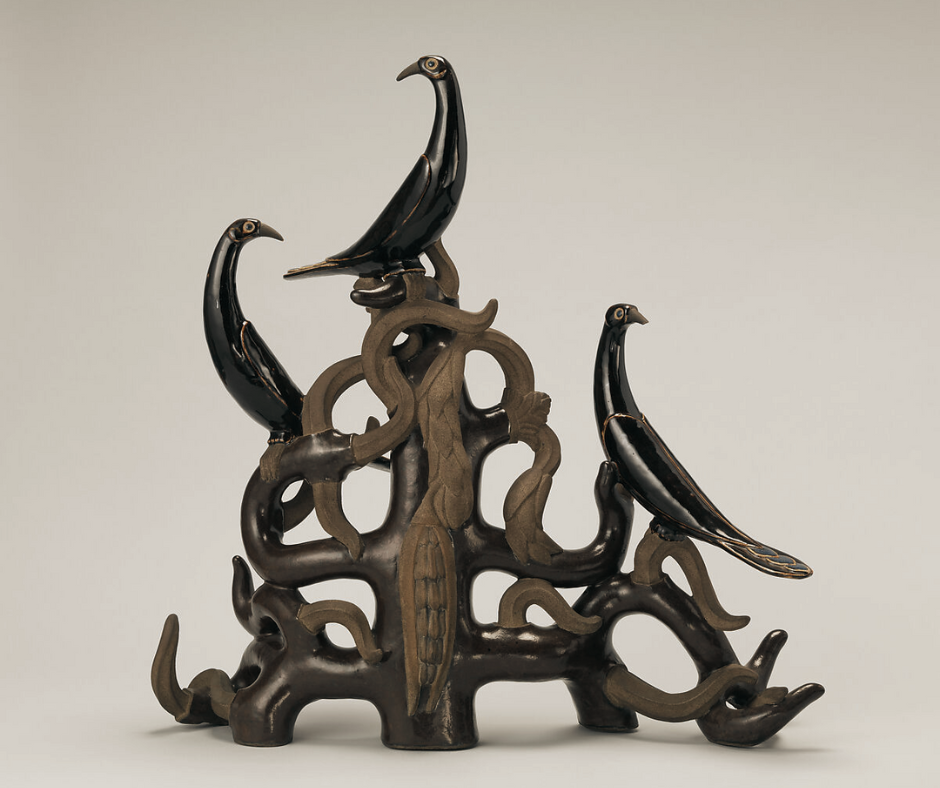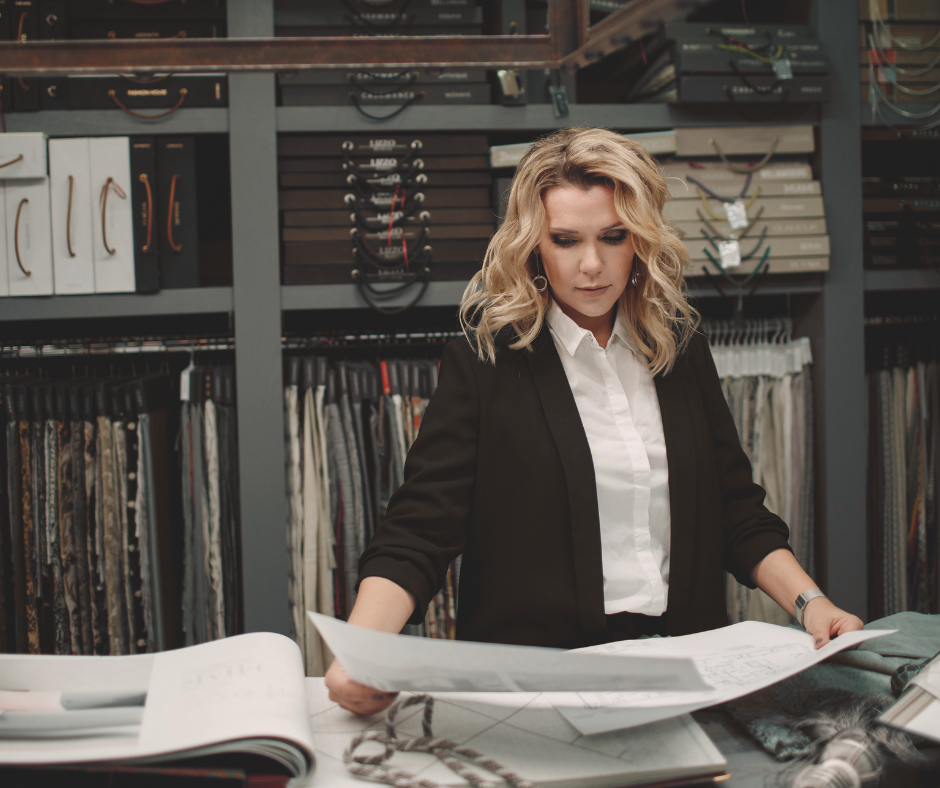
The Dream of the 90s is Alive in Interiors? Textured Walls Are Back!
Summary
Textured walls are back—but this time, they’re beautiful. Gone are popcorn ceilings and slap-brush chaos; today’s designers are embracing elegant, tactile materials like Venetian plaster, grasscloth, limestone, and bas-relief murals to bring warmth and depth to interiors. Whether subtle or sculptural, these textures reflect a growing desire for imperfection, craftsmanship, and soulful spaces.
Reflection Questions
Which emotions or memories do different textures evoke for you in a space?
Do you find yourself gravitating more toward highly refined or raw, organic finishes—and why?
How do materials and texture influence your perception of luxury or comfort in interior design?
Journal Prompt
Think about a room from your past—your childhood bedroom, a grandparent’s kitchen, or even a hotel lobby—that left a lasting impression. Which textures surrounded you? Was it the cool slickness of tile, the softness of worn linens, or the roughness of plaster walls? Write a memory that explores how the texture of that space made you feel—and how you might bring that feeling into a space of your own today.
It’s true: textured walls are back. After decades of flat, uniform, smooth-finish surfaces and minimalism-by-default, texture is finally remerging. But don’t worry, this isn’t the faux finish era of the 90s, when that orange peel texture was on every wall. In 2025, even the most heavily textured walls are far more architectural, elegant, and artful; think grasscloth wallpaper, limestone, bespoke bas-relief murals, and Venetian plaster. Below, we reflect on the popcorn ceilings of yesteryear and explore how designers add texture to their interiors decades later.
Taking a Look at the Textured Walls of Yesteryear
Not all texture is created equal. In the late 20th century, texture was less about craftsmanship and more about convenience. These utilitarian finishes were designed to cover up flaws and cut costs—not to elevate a space. And while they once had their place, today’s interiors call for something far more considered.
Popcorn Texture
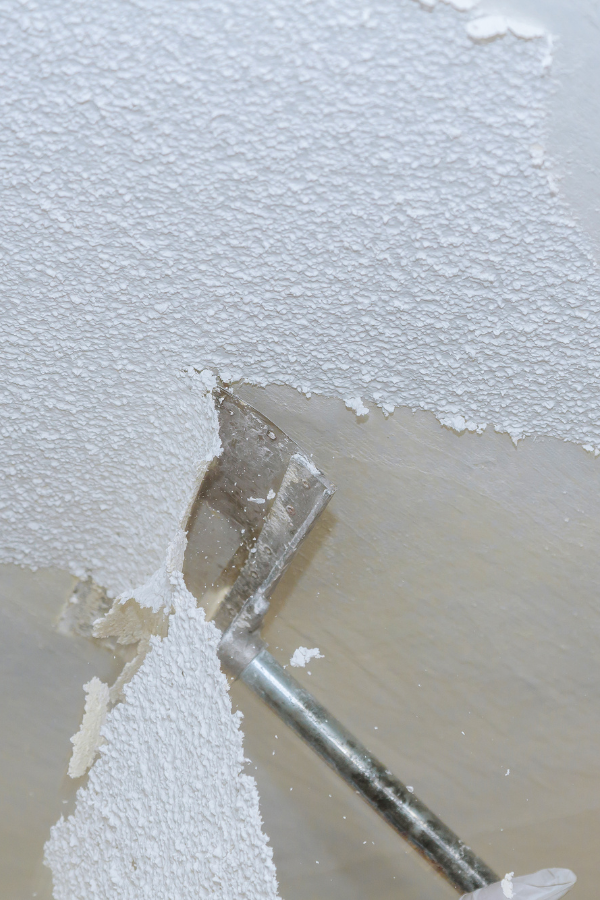
Who among us could forget popcorn ceilings? This thick, stippled ceiling treatment—often sprayed on with a hopper—was beloved for its sound-dampening properties and ability to hide imperfections.
Today, it is one of the most commonly removed finishes in modern renovations. The best advice we can offer you? Don’t let it return! Opt for a grasscloth wallpaper or Venetian plaster if you absolutely need texture on your ceiling.
Fuel your creative fire & be a part of a supportive community that values how you love to live.
subscribe to our newsletter
*please check your Spam folder for the latest DesignDash Magazine
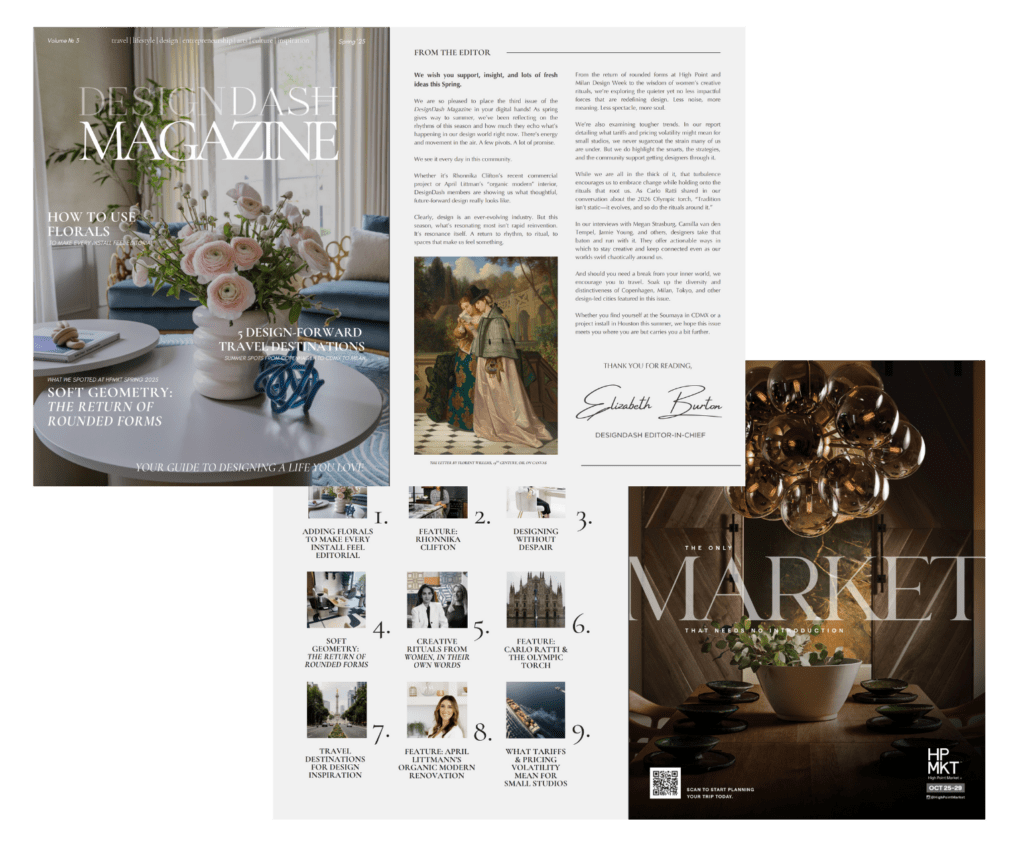
Orange Peel
Sprayed on and left to dry, orange peel texture left walls with subtle dimples like you would find on the surface of citrus skin. It was a builder-grade default: easy to apply, easy to paint over, and often forgettable. Today, some designers are bringing orange peel texture back in a more elevated way and we’re excited for it!
Knockdown
An evolution of orange peel, knockdown texture involved spraying joint compound and then “knocking it down” with a drywall knife to create a mottled, semi-flat surface on the interior walls of a house. Again, some designers still love knockdown texture, but many believe it has gone out of style. As with any interior design element, there are ways to do it well.
Slap Brush or Stomp
Achieved with a thick brush or roller soaked in compound and stamped onto the ceiling, this texture created starburst or rosette patterns. It added “visual interest,” but often in a chaotic, unrefined way that felt more kitsch than classic.
Skip Trowel
Arguably the most intentional of the bunch, skip trowel was a hand-applied wall texture technique meant to mimic plaster. Done well, it could feel warm and artisanal; it’s still a great option today. Done poorly—and it often was—it came off as patchy and heavy-handed.
Why Are Textured Walls Back in 2025?
Both designers and homeowners have come to realize that contemporary spaces need not be cool and minimalistic to work well; they can also be warm and organic. In an uncertain world, many of us are craving coziness, tactility, craftsmanship, and a sense of self in our interiors. Materials are incredibly important right now.
The pendulum has swung away from glossy, mass-produced surfaces of the 2010s toward something softer and more meaningful—spaces with soul. Texture infuses interiors with depth while forgoing clutter; they have presence without creating noise. Textured walls can be subtle (a limewashed finish that catches the light) or bold (a carved plaster mural that reads like sculpture). Either way, texture is part of how we shape mood and meaning in a space.
We’re also seeing texture as a way to reclaim imperfection. Our world is ruled by screens and sharp edges; there’s something deeply human about a slightly uneven finish, a hand-troweled wall, or an organic stone. Rooms should be felt, not just seen.
Here’s How Designers Are Making Them Work
Venetian Plaster

Forget faux finishes. Whether on walls or range hoods, today’s Venetian plaster is the real deal: slaked lime, natural pigments, and layered application that builds translucency and movement. Its marble-like sheen and organic finish make it a favorite for enveloping spaces like powder rooms, bedrooms, and even ceilings. It’s luxurious, but not flashy, which is perfect for the quiet opulence defining design in 2025.
Fuel your creative fire, thrive with support from peers, & make 2025 your firm’s best year yet!
JOIN THE DESIGNDASH COMMUNITY

Bespoke Bas-Relief Murals
Think of these as art that’s part of the architecture. Often sculpted directly onto the wall surface with plaster or compound, these hand-carved murals are refined, sculptural, and deeply personal. A single panel might ancient friezes, Art Deco ornamentation, or soft botanical scenes. Unlike wallpaper, they’ll never peel and are incredibly resistant to sun damage.
Grasscloth & Fabric Wallcoverings

Grasscloth, silk, and linen wallcoverings add softness and dimension without overwhelming the room. These are especially impactful in rooms where acoustics and warmth matter: bedrooms, libraries, home offices. They’re also a favorite for designers who want to make a neutral space feel tactile and layered without adding a lot of pattern.
Limestone & Adobe Finishes
Earthy textures like adobe, lime plaster, and tadelakt are bringing a dramatic, old-world sensibility to modern interiors. Their naturally matte surfaces and tonal variation make them feel both grounded and sophisticated.
Whitewashed Brick & Stone

Rather than masking architectural surfaces, today’s designers are leaning into them. Whitewashed or lightly tinted stone adds an aged, European feel to today’s interiors. Used sparingly, in a fireplace surround or a single statement wall, it brings history into the home without feeling heavy or overdone.
Eight Textured Walls We Actually Love
These Bas Relief Aspen Trees Commissioned by Elevation Interiors
In this richly textured hallway by Elevation Interiors, plaster is shockingly poetic. A grove of hand-sculpted aspen trees envelopes the corridor, each trunk and leaf rendered in nuanced relief. The palette is intentionally restrained—shades of ivory, sand, and chalk—allowing light and shadow to play off the texture of these carvings.
Details like a carved heart with the homeowners’ initials make this space feel deeply personal and almost cinematic. Paired with a floral runner and dark wood trim, the space is rooted in craft but entirely of the moment.
These Stone Walls in Laura U Design Collective’s Houston Oaks Project
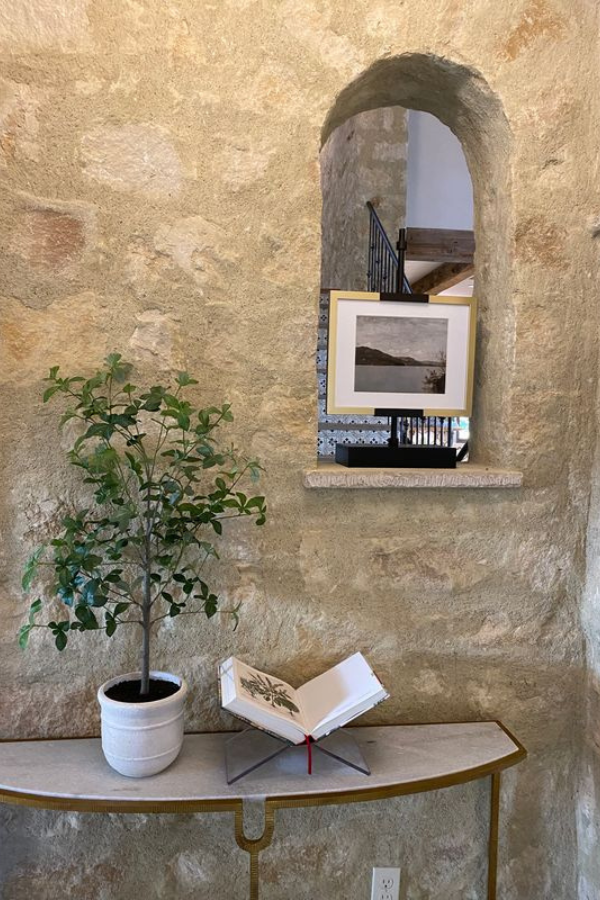
In this hallway from the Lakeside retreat at Houston Oaks, Laura U Design Collective channels the quiet romance of Tuscany through heavily textured stone walls and time-softened architectural details. Arches and niches anchor the space with a sense of permanence, while a sculptural console and leafy potted plant adds life and a bit of edge.
The walls themselves do the heavy lifting here; raw and irregular in tone, they lend warmth and tactility to transitional spaces of the home. A simple interior window frames a landscape photograph and stair rail like a still life, proving that even a hallway can have presence when material and form are treated with reverence.
This Marble and Plaster Primary Bath by Marianna Lane Interiors
In this serene primary bath by Marianna Lane Interiors, plaster walls rise into a vaulted ceiling like folded linen; they quietly luminous, with just enough sheen to catch the light. Below, fluted marble dados and encircle pillars while similar rectangular tiles add to that old-world feel.
Though bold, textural, and imaginative, this bath is a study in restraint: the palette is tight, the furnishings minimalist. This space is timeless yet tactile. We adore it.
The Textured Wallpaper in This Bath by TKS Design Group
In this primary bath by TKS Design Group, texture is subtle and sophisticated. The walls are wrapped in a finely woven wallcovering that adds warmth and depth without stealing attention from the room’s crisp millwork and polished brass accents. Its quiet presence elevates the space.
TKS’s design is deeply considered: tailored white cabinetry, sleek stone countertops, and windows with black interior framing create a sharp foundation, while Roman shades and layered lighting soften it. A simple ceramic vase with sprawling branches finishes this space—organic, sculptural, and dynamic.
This Unique Marble Slab Behind a Bar by Alexandra Hartley Interiors
In this bar by Alexandra Hartley Interiors, texture is spectacle. Framed in warm walnut with softly glowing perimeter lighting, a single slab of Fusion Wow marble captures all of our attention as its swirling ribbons of ochre, graphite, and alabaster ripple like a storm captured in stone. Paired with glass shelving and a well-curated collection of crystal and liquor, this bar turns pouring a drink into a full design experience.
What could have felt heavy is instead electric and elegant, thanks to restraint in material repetition and clever lighting. The stone is wild, yes, but its placement is thoughtful.
This Monumental, Wrap-Around Backsplash by Rhonnika Clifton
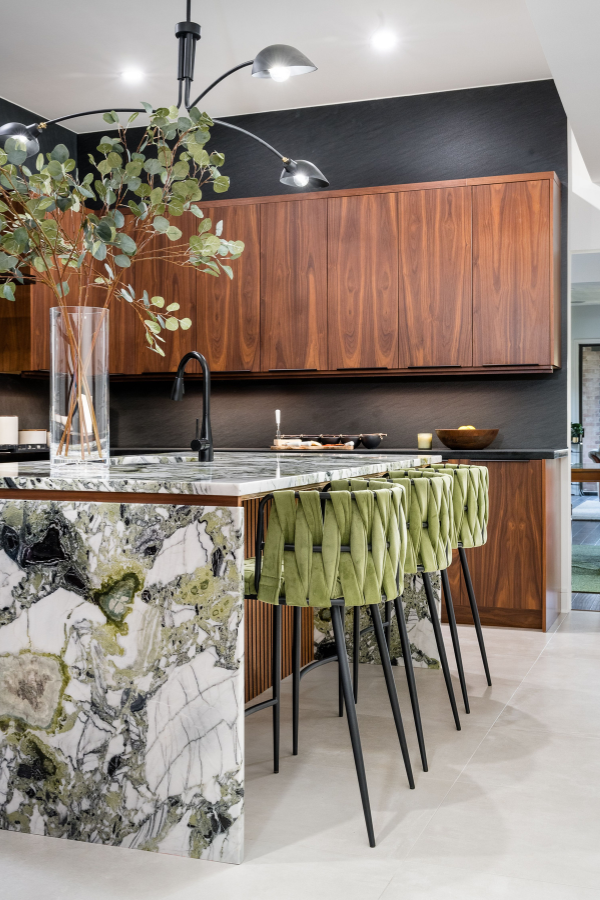
Few have balanced multiple textures in a single space to such stunning effect as Rhonnika Clifton achieved in this kitchen. A gorgeous slab of White Beauty marble wraps the island in sweeping ribbons of moss, charcoal, and alabaster.
Against granite counters and matte walnut cabinetry, the black backdrop is bold and unmissable. Textural, tonal, and entirely modern, this kitchen embodies mid-century elegance for a contemporary audience.
Catch a full feature on this project by RJ Clifton Design + Build in our upcoming issue of The DesignDash Magazine.
These Organic Textured Walls from Neighbor Interiors
In this moody primary bedroom by Neighbor Interiors, texture is more about balance. The walls are finished in a warm, matte plaster that reads like suede in the soft light. It is earthy, tonal, and grounding. That subtle finish is the perfect backdrop for statement-making layers: a velvet headboard, sculptural lighting, and custom antiqued glass mirrors that anchor the entire room.
Catch a full feature on April Littmann‘s Organic Modern project in our upcoming issue of The DesignDash Magazine.
These Hand-Troweled Plaster Walls in this Globally-Inspired Bath by Sheffield House Design
In this serene, globally-inspired bath by Sheffield House Design, hand-troweled plaster walls pair beautifully with carefully selected lighting and softly shimmering tiles. The finish chosen by Sheffield is subtle but rich; it is more atmosphere than ornament.
Below, glossy square tiles ground the space as they encircle the room as a dramatic dado. A mix of brass pendants and sculptural artifacts nod to Moroccan and Mediterranean traditions, while the artwork above the tub feels joyfully modern.
How Do You Apply Textured Walls in Interior Design Projects?
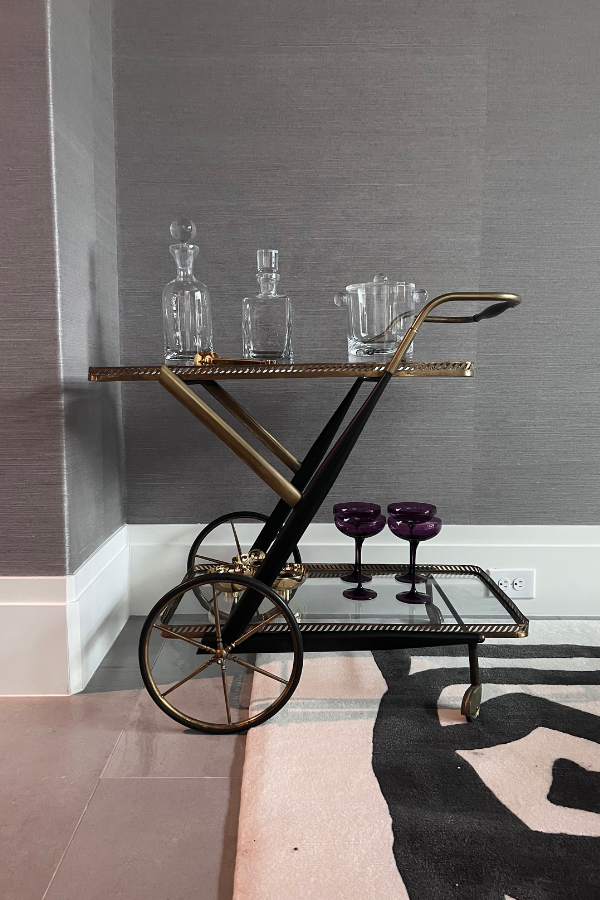
Do you adore grasscloth wallpaper or prefer Venetian plaster? Let us know in the comments below!
Written by the DesignDash Editorial Team
Our contributors include experienced designers, firm owners, design writers, and other industry professionals. If you’re interested in submitting your work or collaborating, please reach out to our Editor-in-Chief at editor@designdash.com.




